Fausto Melotti
Jewelry
13 December 2023 – 23 March 2024
Zurich, Bahnhofstrasse
On view at Hauser & Wirth Zurich, Bahnhofstrasse, ‘Fausto Melotti. Jewelry’ is the first comprehensive survey of the Italian artist’s jewelry oeuvre. Organized in collaboration with the Melotti Foundation, the exhibition highlights his meticulously crafted jewelry from the 1960s, ‘70s and early ‘80s, featuring exceptional creations in gold, silver and brass, complemented by a focused selection of sculptures in the same materials.
About the exhibition
Admired for his unique contribution to the development of mid-century European Modernism, the versatile Italian artist, sculptor and poet worked in a variety of media. Oscillating between abstraction and figuration, Melotti developed a unique artistic language based on Renaissance principles of harmony, order, geometry, and musical structure, which is reflected in his jewelry making practice.
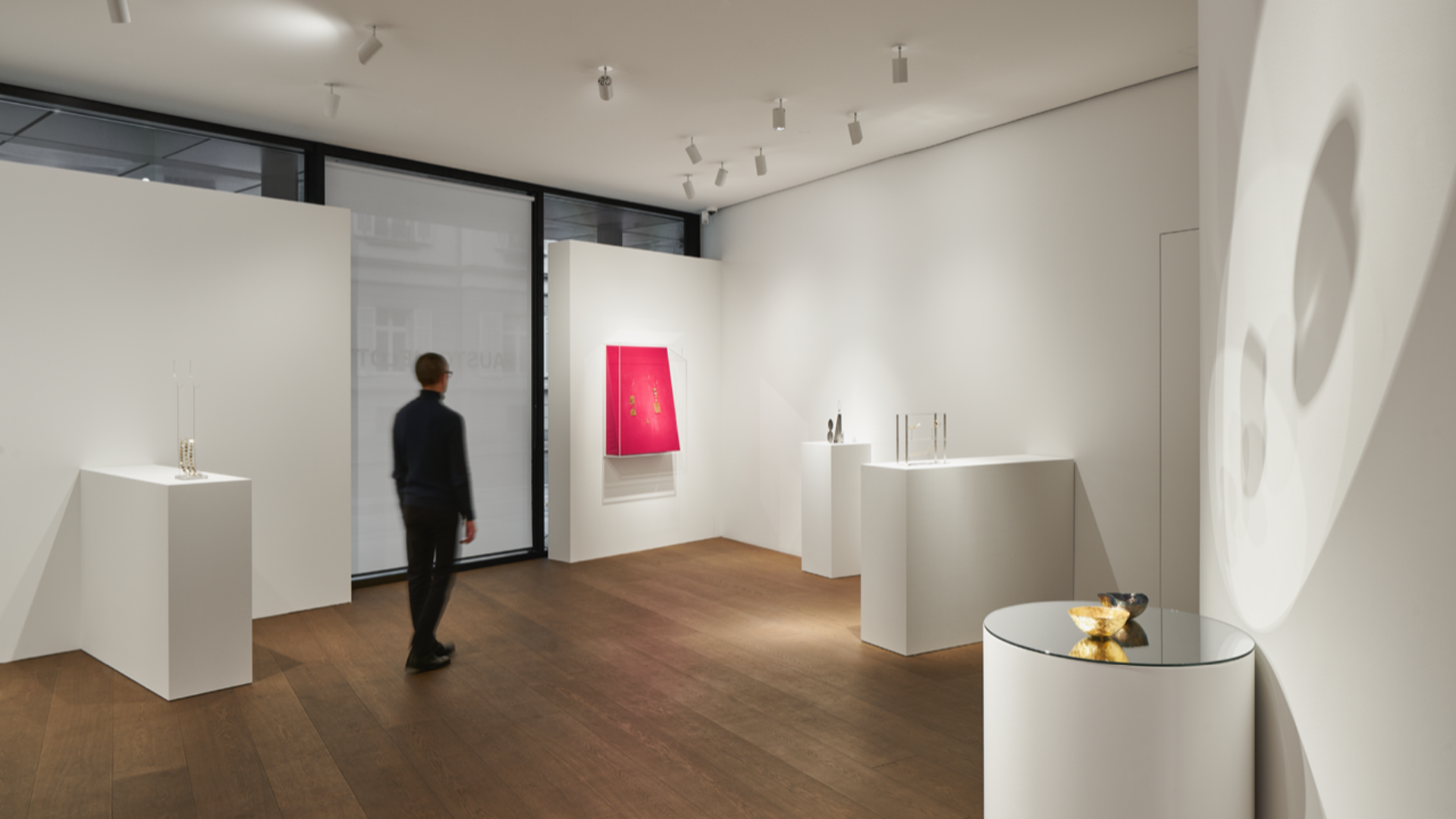
Melotti’s first jewelry pieces are a series of necklaces in glazed ceramic or terracotta that he made for his wife in the 1940s. From 1959, the artist turned to brass and later gold, using the malleability of the materials to create jewelry with slender lines that mirrored his sculptures of the period. These are characterized by curved and spiraling note-like forms that seem to dematerialize in space. The shapes of the jewelry pieces are derived from Melotti’s sculptures—metal grids, curls, ellipses, twisted wires, moons, circles or triangles—that have been transformed into the wearable earrings, pendants or brooches, which are on view in Zurich.
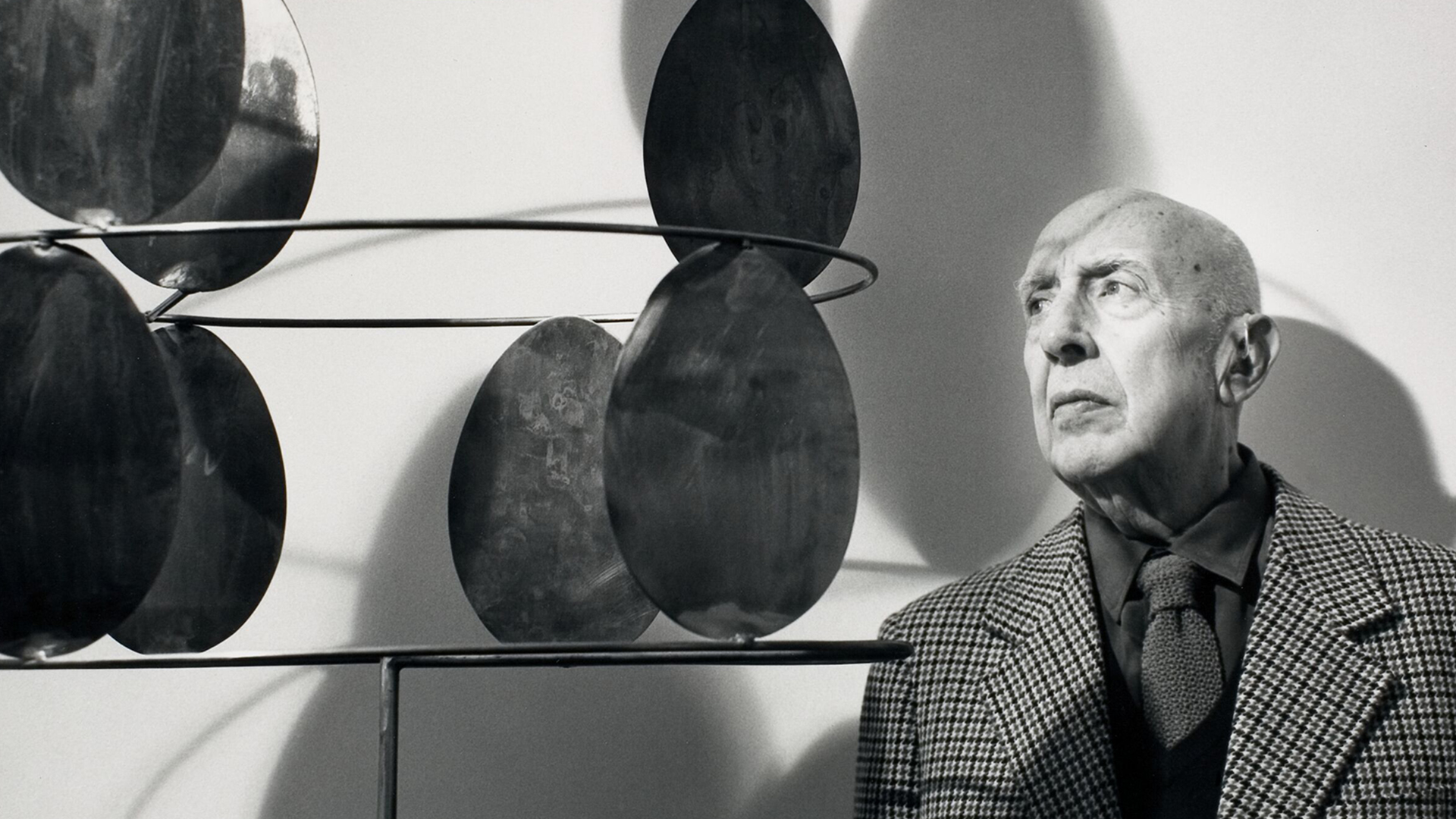
Throughout the 20th Century, jewelry evolved into a medium for individual artistic expression, led by artistic movements such as Art Nouveau and Art Déco. Artists including Pablo Picasso and Max Ernst ventured into the field of jewelry making, experimenting with unconventional materials and pioneering techniques, blurring the boundaries between traditional jewelry making and avant-garde design. These avant-garde movements gave rise to what became known as ‘artist’s jewelry,’ introducing a new medium for artistic exploration and establishing it as an integral part of the artistic landscape.
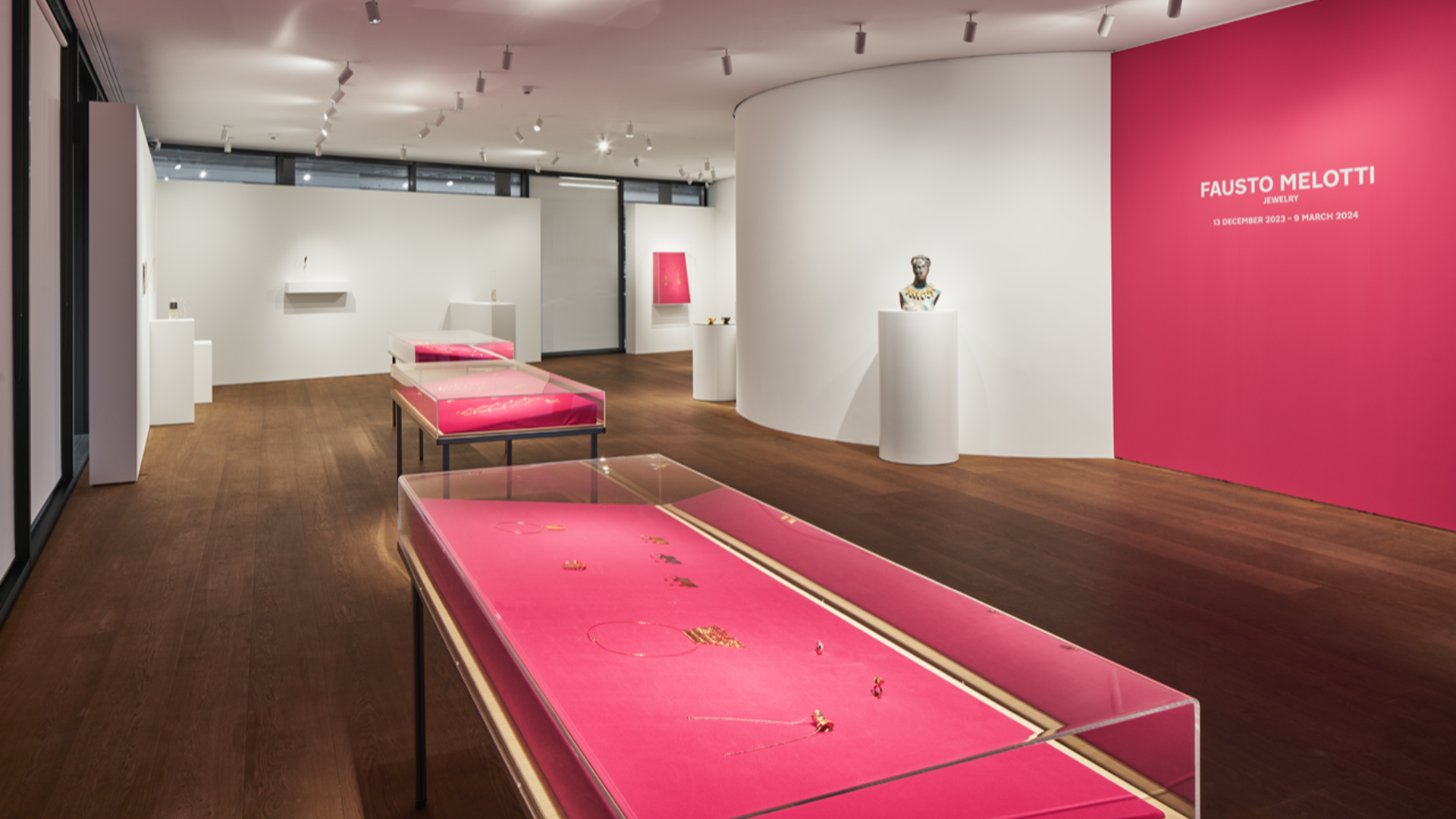
The post-war era saw the emergence of Italian artists who ventured into jewelry design, notably Fausto Melotti and Lucio Fontana. Their exceptional wearable creations reflected their artistic approaches, embodying elegance and autonomy within established jewelry conventions, and placing them in the company of other masters such as Calder and Giacometti. In his 1963 landmark article ‘L’incertezza’ (Uncertainty) in the Italian architecture and design magazine Domus, Melotti identified with the pre-war avant-garde movement’s ethos of questioning fixed artist labels and embracing creative freedom, which he expressed in his diverse media including sculpture, architecture, design, ceramics and jewelry.

Initially trained in figurative art under the Symbolist sculptor Adolfo Wildt, Fausto Melotti turned to abstraction alongside Lucio Fontana in the ‘Abstraction-Création’ movement of the 1930s. After the war, he returned to figuration and began to work in small format and in ceramics, embracing the intimate immediacy of the medium. The 1950s saw a radical shift in Melotti’s creative approach, as he began to incorporate wire into his work. Within his late oeuvre of the 1960s to the 80s, he subsequently moved away from strict line and structure towards a gestural exploration, which extended into his jewelry making, echoing the forms of his sculptures.

Collana (Necklace)
ca. 1971

Triangoli (Triangles)
ca. 1971

Melotti employed a variety of materials—brass, silver, yellow, rose and white gold, precious stones, coral, crystals and diamonds—ranging from the modest to the luxurious, sometimes casting the same piece in different materials. Among the early exhibited works is ‘Grata (Grid)’ (1966), a necklace with a square metal grid pendant designed to move with the wearer’s body, casting ever-changing shadows on the dress and highlighting the elegance, balance and lightness of this modest material. Melotti’s skillful handling of metal wire can be seen in the ‘Arabesco (Arabesque)’ (1966) necklace from the same year, which features a chest piece made of neatly woven yellow gold wires—an elegant method of draping materials directly onto the body.
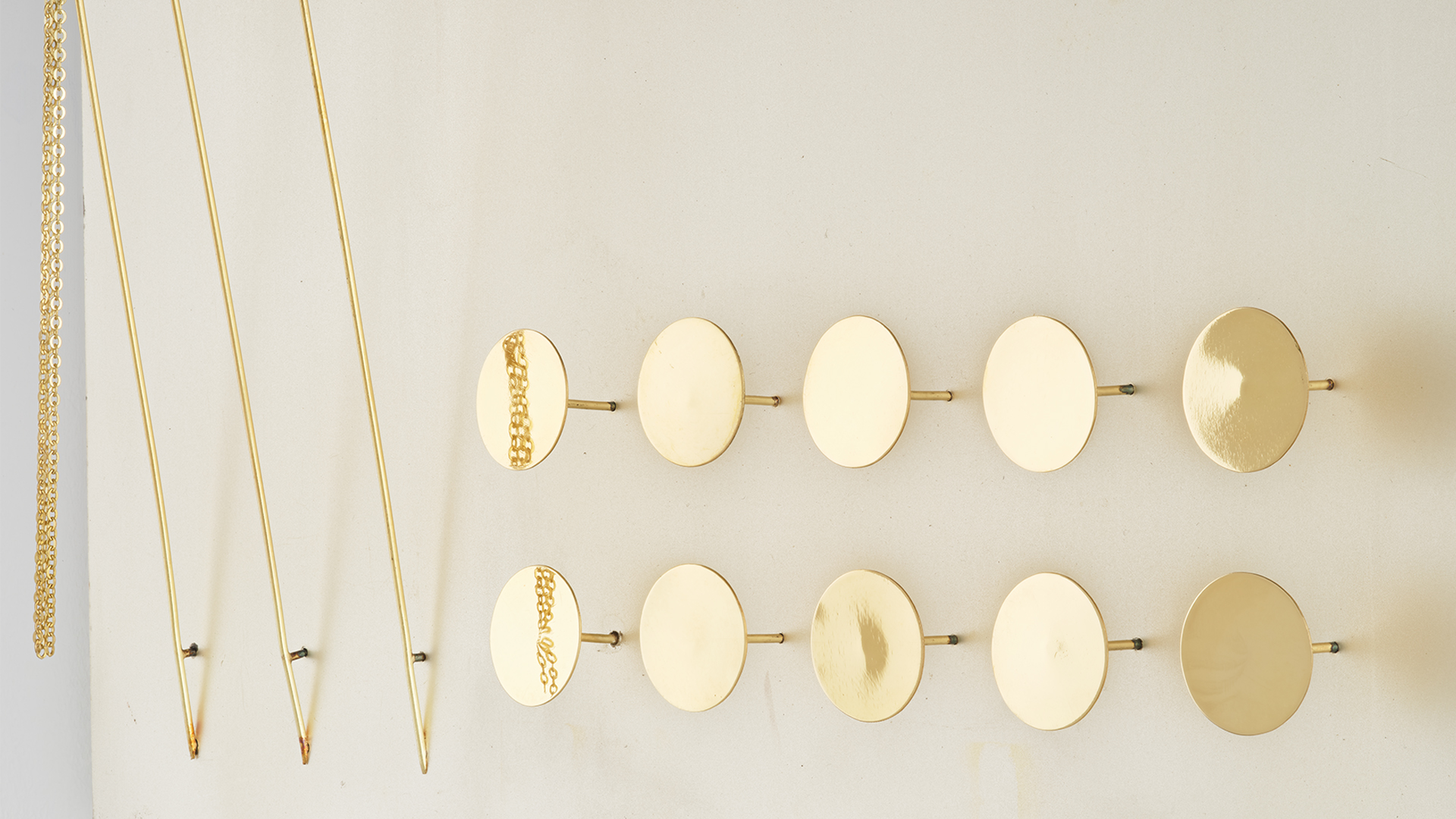
In the 1970s, Melotti experimented with playful jewelry designed for the sophisticated yet unconventional woman. Examples include ‘Arabesco II (Arabesque II)’ (1971)—intriguingly curled yellow gold earrings that accentuate the sinuous contours of anatomy, clusters of thin brass threads as in ‘Spilla (Brooch)’ (1970), or the pair of earrings ‘Luna (Moon)’ (1971), with a waxing and waning crescent moon in yellow and white gold, recalling Melotti’s 1967 brass sculpture of the same name.

‘Collana (Necklace),’ (1978), a delicate yellow gold and lapis lazuli necklace with matching earrings, or the earlier leaf necklace of the same name, made of soldered brass in 1971, employ more organic structures. The latter is reminiscent of a large crown to be worn on the chest and recalls the leaves in the sculpture ‘Alberello (Little Tree),’ (1965). A subtle vein of irony can be found as well in some of the other later jewelry pieces, such as the necklace ‘Route (Wheels)’ (1984), which evokes a complex intertwining of two-dimensional wheels and comes with matching earrings.

A series of exhibitions of Fausto Melotti’s work are being held to mark the centenary of the birth of Italian writer and intellectual Italo Calvino, Melotti’s close friend, who died in 1985: ‘In leggerezza. Fausto Melotti. A tribute to Italo Calvino,’ from 6 December, Palazzo Squarcialupi, Siena, Italy; ‘Favoloso Calvino. Il mondo come opera d’arte. Carpaccio, de Chirico, Gnoli, Melotti e gli altri,’ from 13 October 2023 to 4 February 2024, Scuderie del Quirinale, Rome, Italy and ‘Calvino cantafavole,’ from 15 October 2023 to 7 April 2024, Palazzo Ducale, Genoa, Italy.
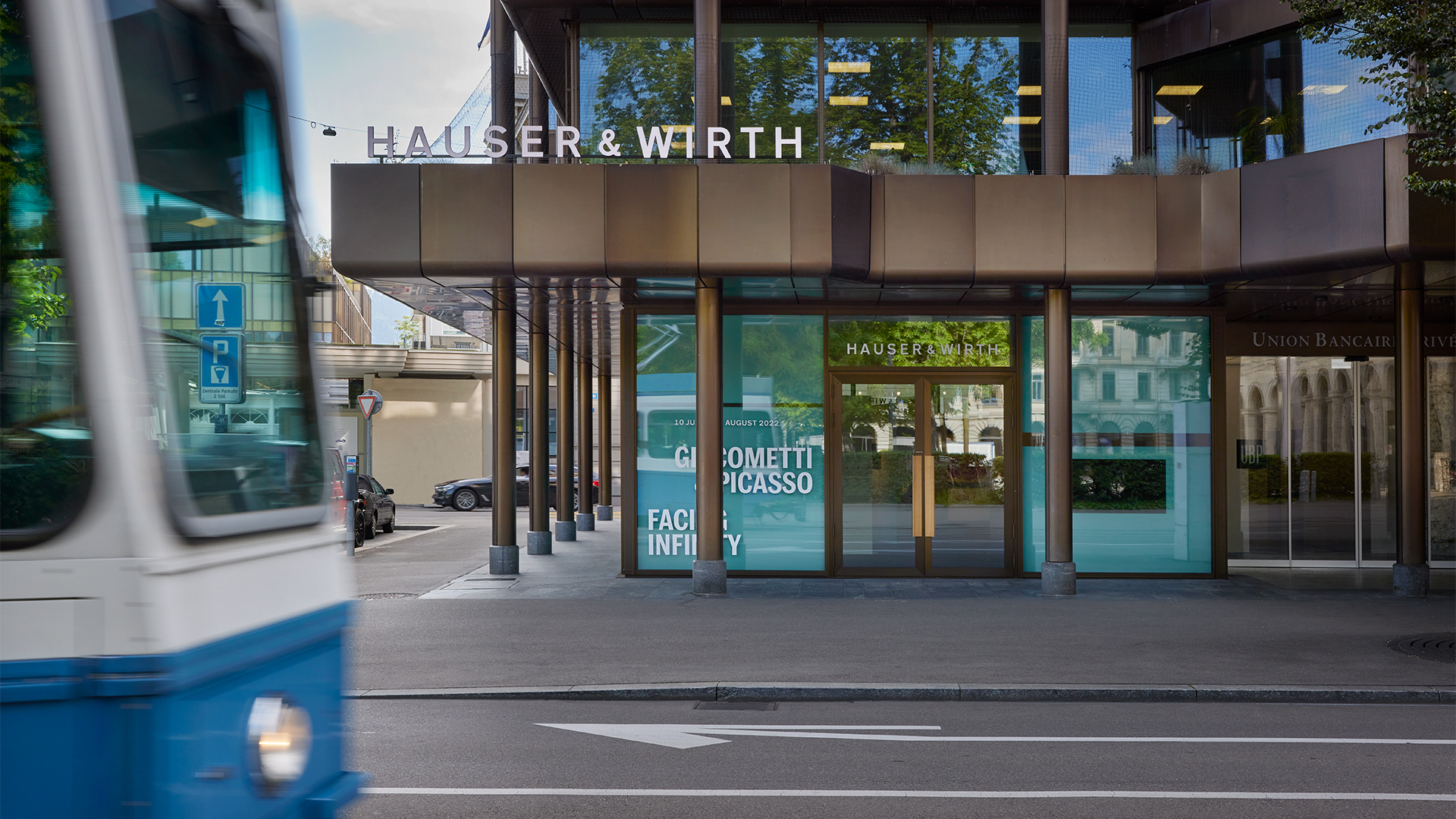
On View at Zurich, Bahnhofstrasse
‘Fausto Melotti. Jewelry’ is on view now through 23 March 2024 at Hauser & Wirth Zurich, Bahnhofstrasse. Please visit our location page to plan your visit.
About the Artist
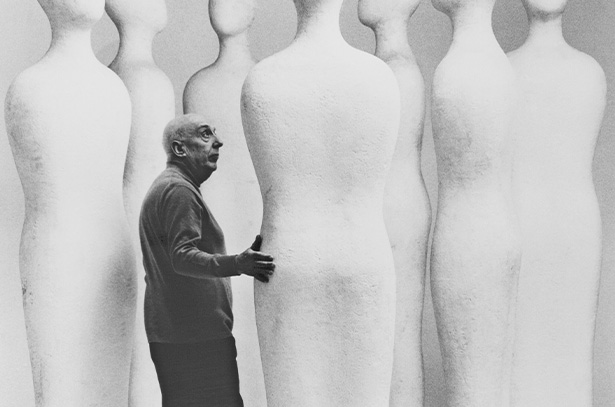
Fausto Melotti
Italian sculptor, painter and poet, Fausto Melotti is considered a pioneer of Italian art and is acknowledged for his unique contribution to the development of mid-century European Modernism. Coming of age in prewar Milan, and living through the horrors of the Second World War, Melotti metabolized wartime devastation in his work by returning to Renaissance principles of harmony, order, geometry, and musical structure, which he integrated into a highly personal yet universally accessible artistic language that expresses the full range of emotional experiences in modern human existence.
Before turning to art, Melotti studied music, mathematics and engineering—disciplines that exerted clear influence upon his distinctive practice across subsequent decades. Melotti trained as a figurative artist, studying under Italy’s leading Symbolist sculptor Adolfo Wildt at the Accademia di Brera in Milan. There he befriended fellow pupil Lucio Fontana in 1928, and in the following decade shifted his focus to abstraction and a new non-objective art. Melotti developed influential friendships with the Rationalist architects of Gruppo 7 and the abstract artists who gravitated around Galleria Il Milione. With Fontana, he joined the ‘Abstraction-Création’ movement, developing firm ideas about non-figurative art. Influenced by his education in engineering and music, Melotti’s first abstract sculptures were geometrical, and echoed the young artist’s academic training in order, rhythm, proportions and form.
Melotti’s ceramics of the 1940s respond to the pain, trauma, and despair that crowded his thoughts in the aftermath of the Second World War. Aerial bombings destroyed the artist’s studio in Milan and profoundly altered his artistic vision, precipitating a literal and symbolic rupture in his idealized pursuit of abstraction. His attention shifted to the craft and production of ceramics and terracotta. Rendered in polychromatic glazes, the enigmatic figures in these works illustrate the artist’s urgent and necessary return to figuration.
By the 1960s, Melotti had returned to sculpture, using a new language built upon delicate threads and thin sheets of brass, iron, and gold to express a more resolved and distinctly humanist sensibility. Delicately wrought, almost fragile constructions became enriched by a new narrative, dream-like and symbolic. These weightless works resemble aerial drawings incorporating space, air and transparency. His later work of the 1970s and 1980s is characterized by rhythmic geometric forms with an underlying humanist narrative that curator Douglas Fogle describes as ‘quivering just on the threshold between the solidity of figuration and the immateriality of abstraction.’
Inquire about other works available by Fausto Melotti
Current Exhibitions
1 / 12






























